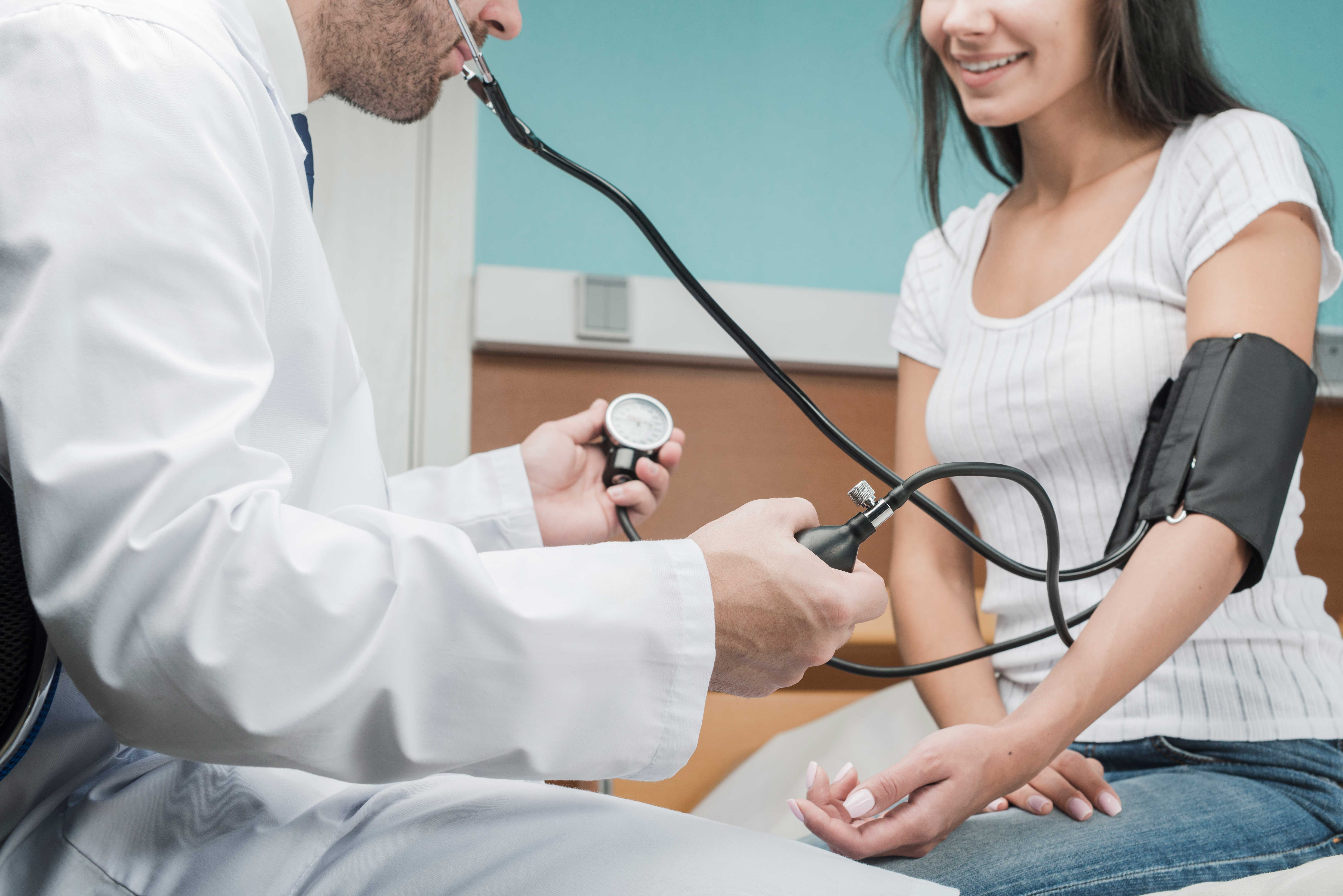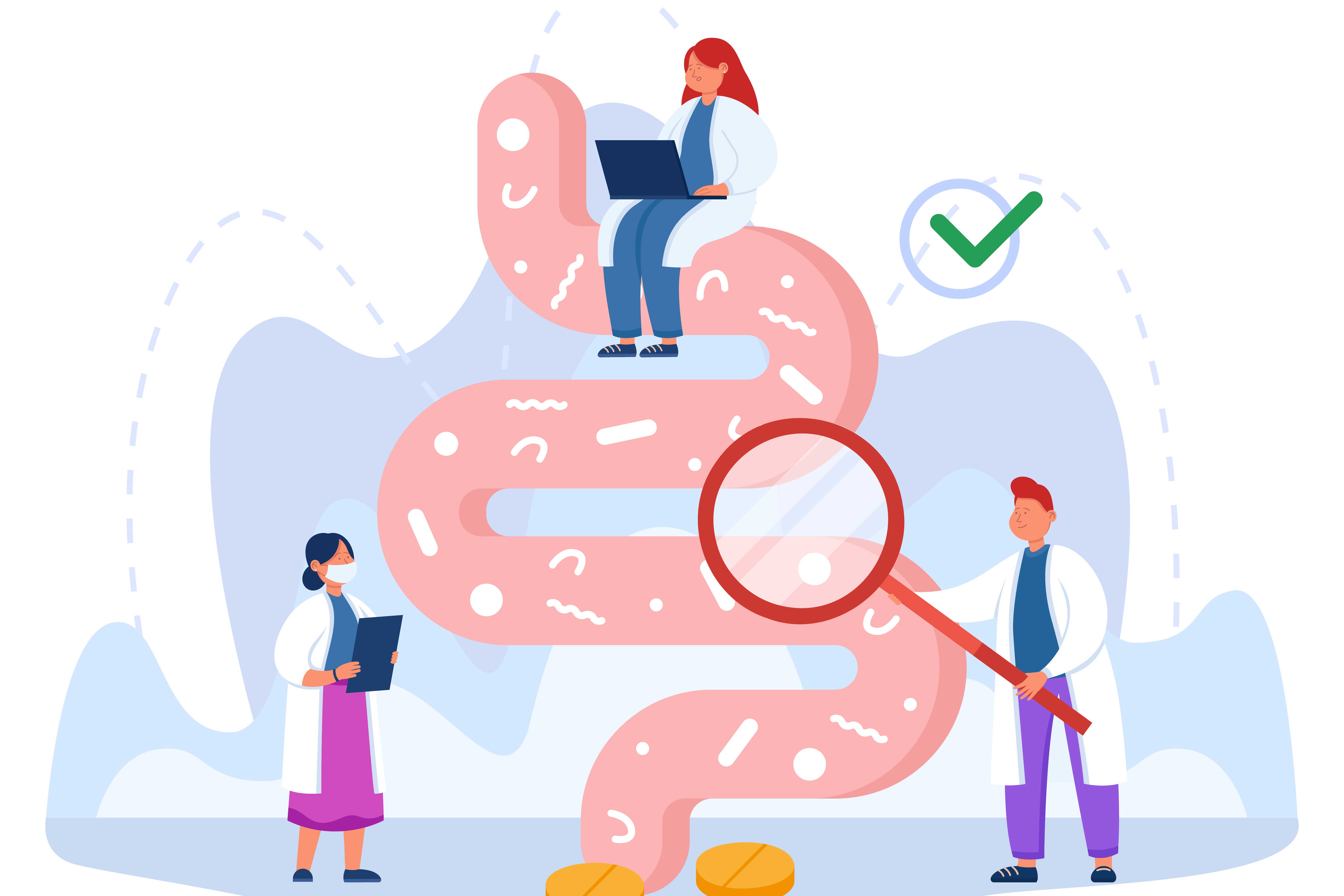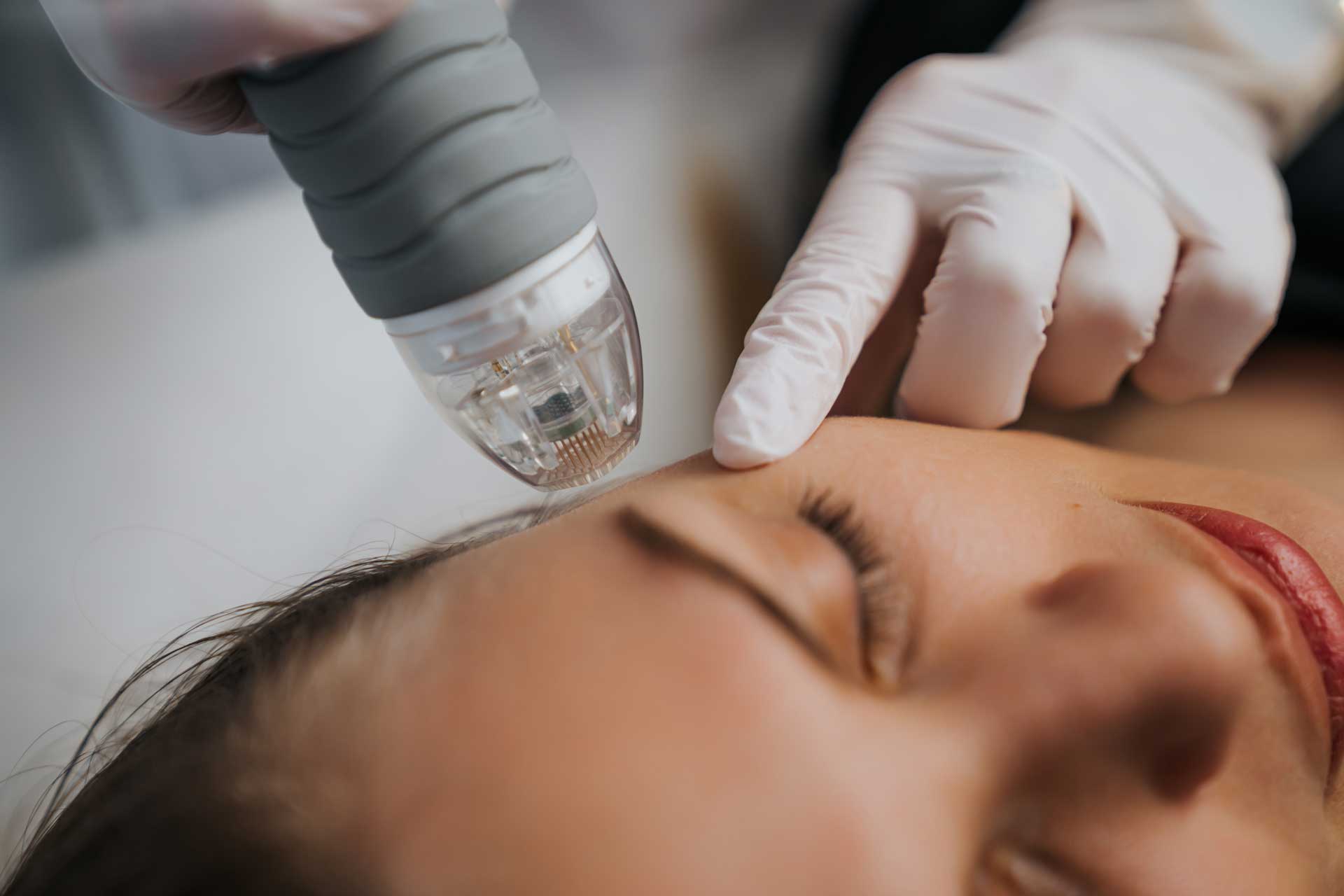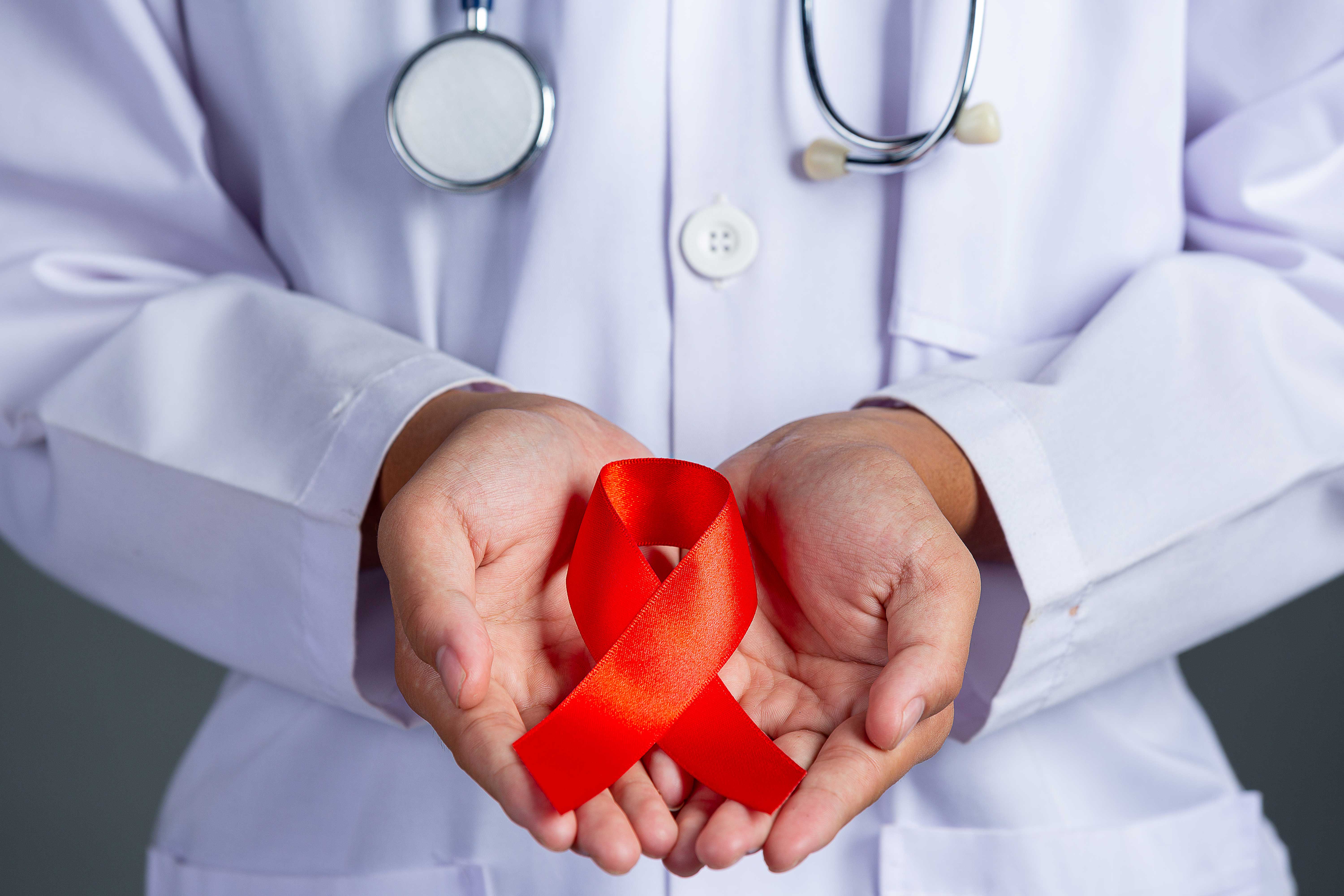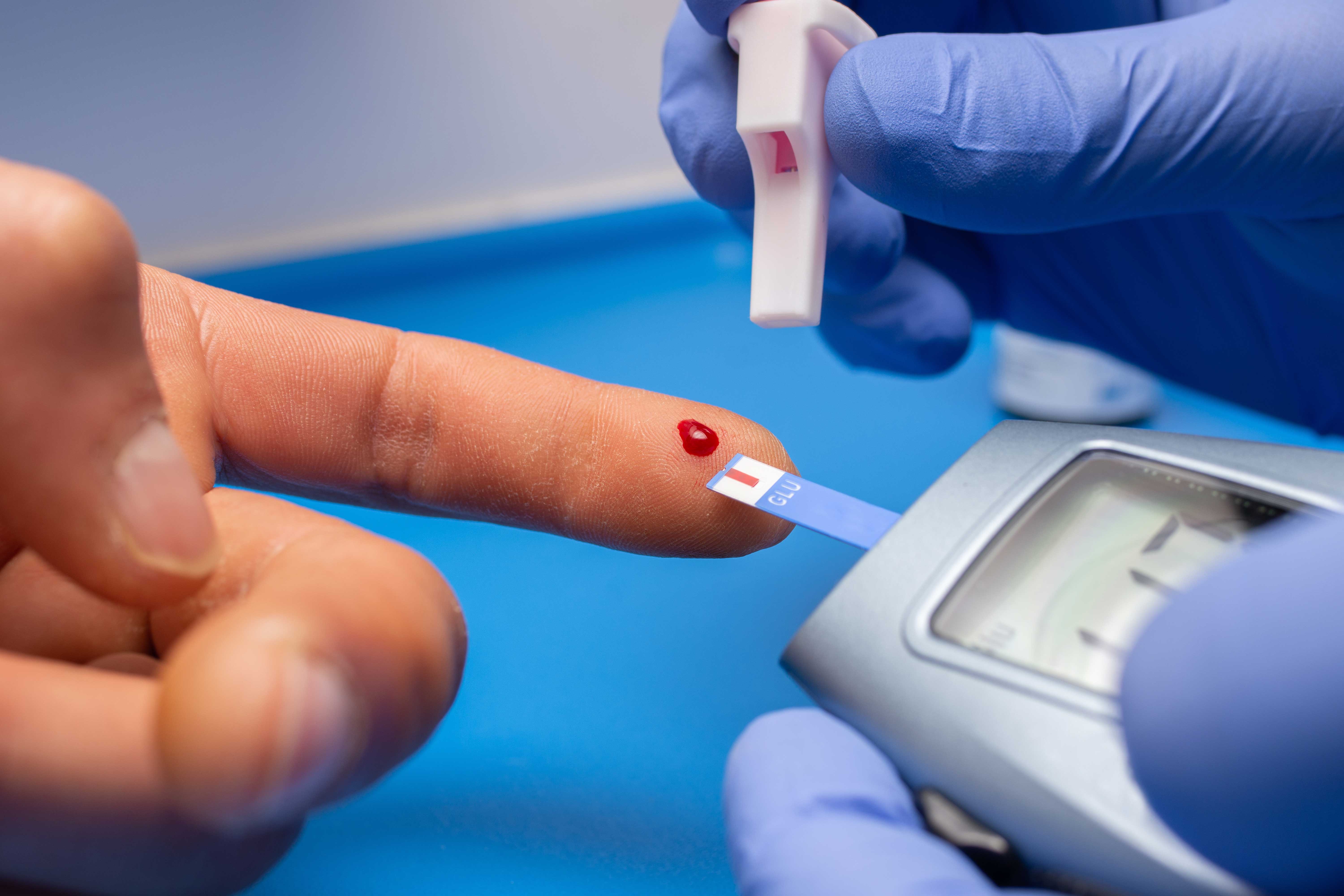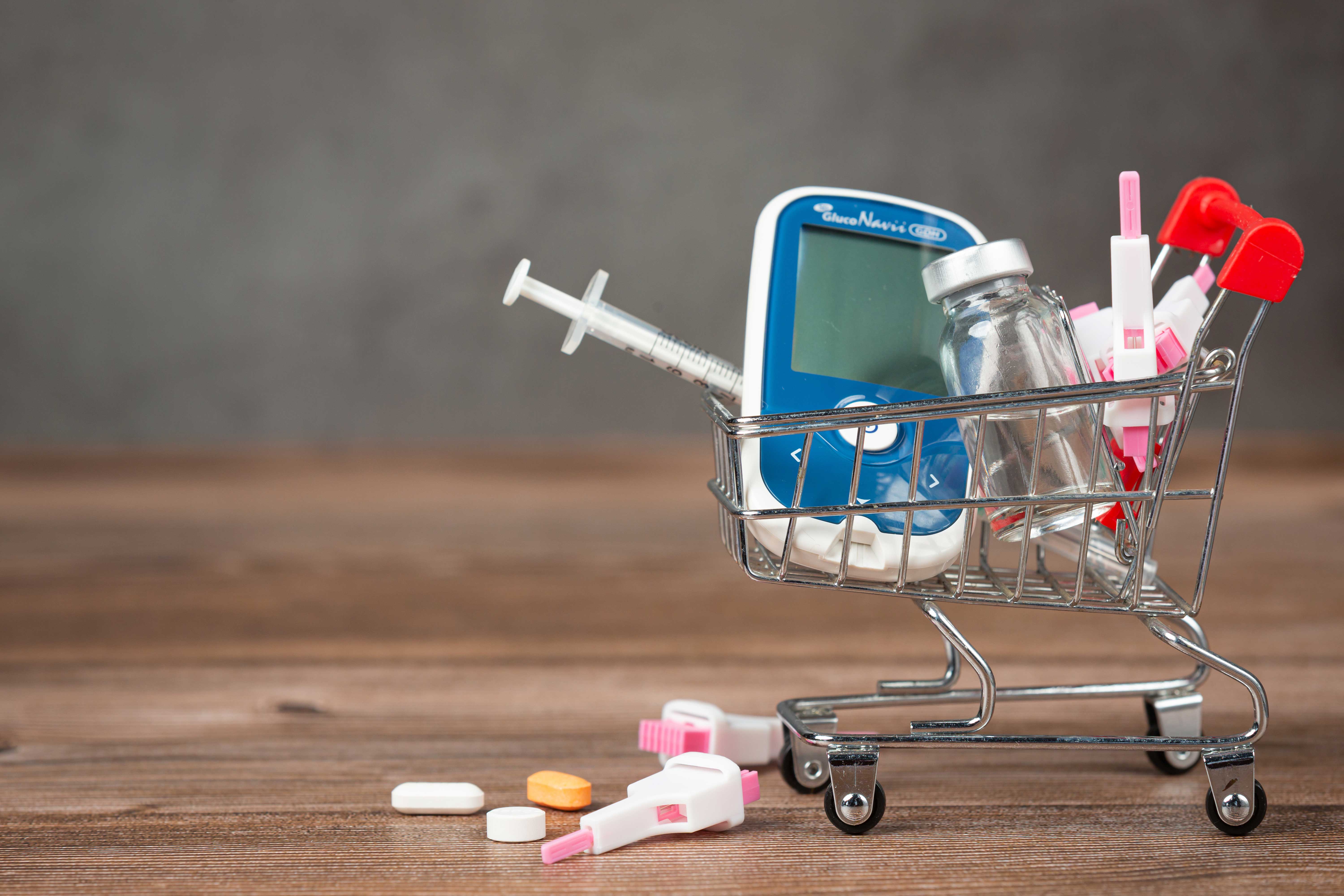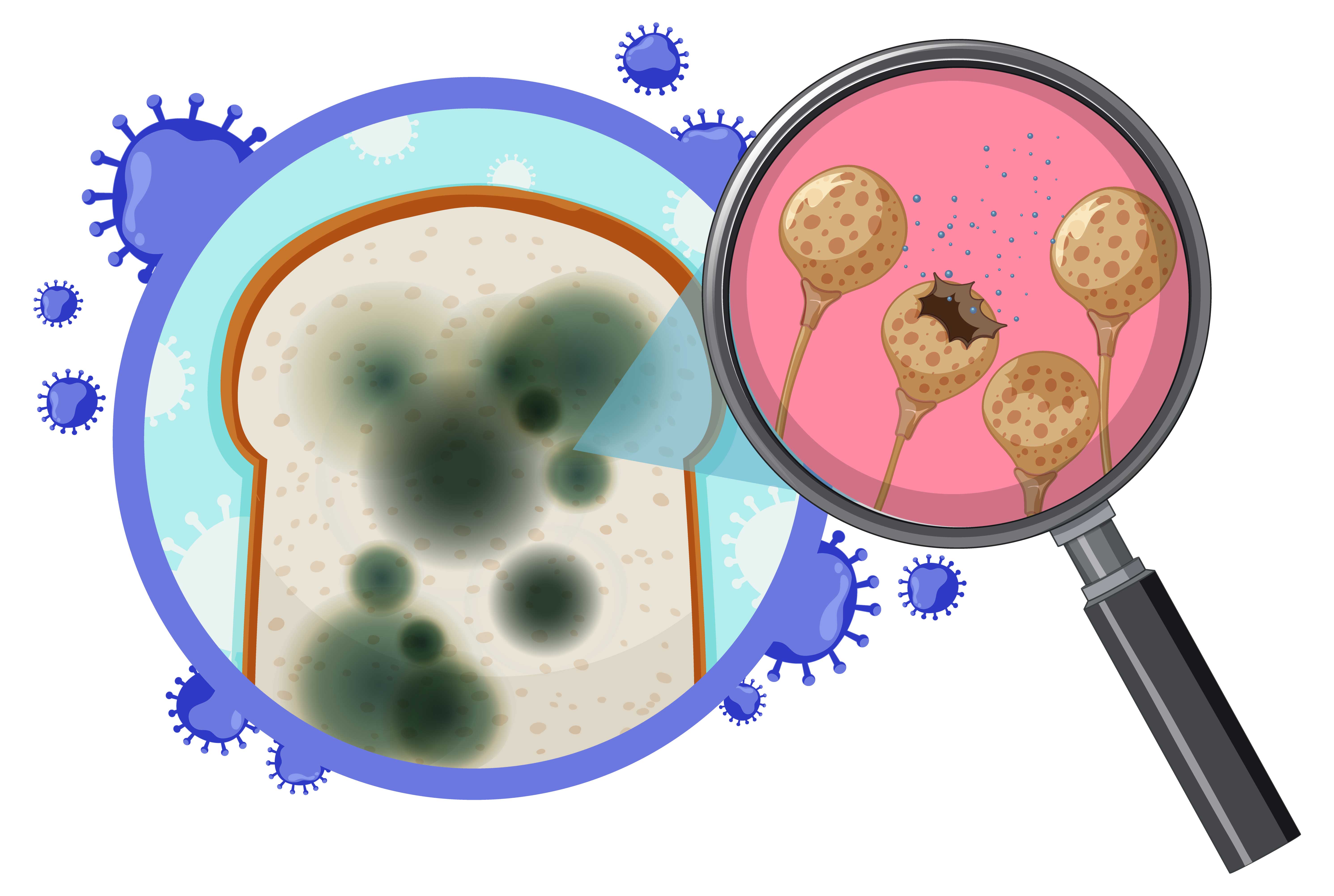Big Pharma Skepticism – What are we consuming?
"Let’s talk about and how medications are approved and regulated."

How skeptical should we be about the medications we consume?
How do I know if the drugs I consume are safe?
What about generics, are they also safe?
To Summarize
As we had initially set the stage, it is the
most natural thing for us to be skeptical when we put something in our body, especially
when that thing needs to treat a disease or relieve pain. On the other hand,
knowing that there are institutions that approve and monitor drugs very
stringently should give us more peace of mind and a resource to know exactly
how drugs are being evaluated. At the end of the day, regulations can only be
as strong as our current scientific knowledge which is constantly evolving.
Therefore, we need to keep this in mind and know that these authorities are
constantly working to update themselves and stay relevant.
1.
Jonathan J
Darrow et al. FDA Approval and Regulation of Pharmaceuticals, 1983-2018 (2020).
https://pubmed.ncbi.nlm.nih.gov/31935033/
2.
Dean G. Brown
et al. A Decade of FDA-Approved Drugs (2010-2019): Trends and Future Directions
(2021).
https://pubmed.ncbi.nlm.nih.gov/33617254/
3.
Katherine E
Clarridge et al. Overview of FDA Drug Approval and Labeling (2022).
https://pubmed.ncbi.nlm.nih.gov/36496207/
4.
Beatriz G de
la Torre et al. The Pharmaceutical Industry in 2021. An Analysis of FDA Drug
Approvals from the Perspective of Molecules (2022).
https://pubmed.ncbi.nlm.nih.gov/35164339/
5.
Agata
Dabrowska, et al. How FDA Approves Drugs and Regulates Their Safety and
Effectiveness (2018).
https://sgp.fas.org/crs/misc/R41983.pdf
6.
Janet
Woodcock, M.D. Safety, Efficacy, and Quality Remain Top Priorities as We
Continue Our Work to Expand Access to Cost-Saving Generic Drugs for the
American Public (2019).
7. Ahmed Nahian et al. Federal Regulation of
Medication Production (2023).
https://www.ncbi.nlm.nih.gov/books/NBK572098/
8.
Aris Angelis
et al. Advancing structured decision-making in drug regulation at the FDA and
EMA (2021).
https://pubmed.ncbi.nlm.nih.gov/32529733/
9.
Colleen
Daniels et al. Decolonizing drug policy (2021).
https://pubmed.ncbi.nlm.nih.gov/34838050/
10.
Jennifer L
Wilson Scientific considerations for global drug development (2020).
https://pubmed.ncbi.nlm.nih.gov/32727913/


